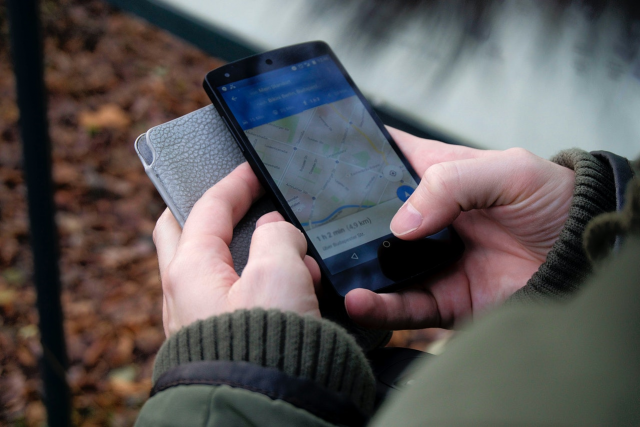Meta description: Do you ever wonder how much data Google Maps consumes during
navigation? Explore exactly how much data is consumed and how you can save it.
The short answer to whether Google Maps uses a lot of data is quite simply, no.
Google Maps has been a breakthrough accomplishment from the tech giant. It is so entrenched in our lives that it is almost impossible to think of a time before Google Maps.
How did people ever find their way around, right?
Did you know that the actual search and charting a course to the destination use up more data than the ride there ? You can take care of even that by setting your destination and course on Wi-Fi before you head out. Read on for more details.
The global navigation app does not need a lot of data to get you from Point A to Point B. The navigation consumes just 5 MBs of data for every hour of driving. That’s not a lot by any standards. Charting a course to a destination that you search for is more likely to use up greater quantities of data than navigation.
However, you can easily do that with your home Wi-Fi before setting out. If you have Spectrum fiber optic installed in your home, you won’t have to wait even a few seconds to do this.
While it is certainly good news that the app uses so little data to get you to your destination, there are several other factors you need to consider as well. Let’s say you’re on a road trip and see that your fuel is a bit low so you decide to pull over to search for the nearest gas station.
Or you get hungry and decide to look up the best eateries in an unfamiliar place. Or you may even be trying to look at real-time traffic levels on your projected route. The Google Maps app is a comprehensive app with rich and relevant results for every query. As a result, it also has increased functionality built into it, which will likely consume more data than you would like.
Using Google Maps Offline
Just because you’re traveling doesn’t mean you have to depend on your 4G or 5G data plan to see you through safely to the other side. What if you run out of data halfway there and take a wrong turn? You could end up miles out of your way. Luckily, Google Maps allows you to download and store maps on your phone for offline use. This function works for both Android and Apple users.
The offline maps of a particular area will still chart a route to your destination. It will also display all nearby attractions, eateries, ATMs, and other stuff that would be available on online maps.
However, the information you see will only be as recent as the last time you updated maps using an internet connection. This can often lead to some sacrifices on your quest to use as little data as possible. For example, you may not be able to see the holiday hours for a local attraction. You will also not be able to access real-time road and traffic information. The offline version of Google Maps is only meant for driving use, which means you won’t be able to set accurate pedestrian or cycling routes.
How to Download Google Maps For Offline Use
Downloading Google Maps for a specific location is a fairly easy process. The first thing you need to do is open the Google Maps application and search for the area you want to save on your phone. Next, tap the bottom information bar to select the maps of that location. Once you have done that, tap on the three horizontal dots found in the top right corner of the screen. This will give you a list of options including downloading maps. Use your fingers to cover the size of the area you need to save maps for. Then simply hit download.
If you’re wondering how to access these maps offline, don’t worry. You simply use Google Maps like you would on cellular data. For any maps you have downloaded, search for a location within the area. This will allow you to find your destination and chart a route. Even without cellular data, Google Maps will be able to offer you turn-by-turn navigation so that you arrive where you need to go.
However, you won’t be getting any traffic or road updates in real-time. This wouldn’t be a problem if you were just heading down a few blocks to pay your internet bills (although the Charter phone number saves you that hassle). But if you were traveling cross country,
especially during uncertain weather, it could be very dangerous. Trust Google Maps, but always keep your eyes on the road.








